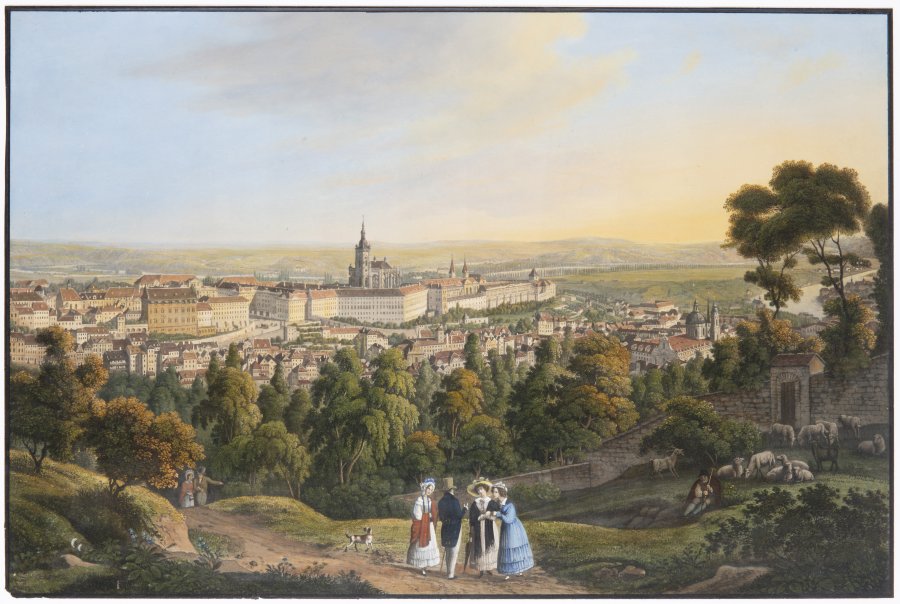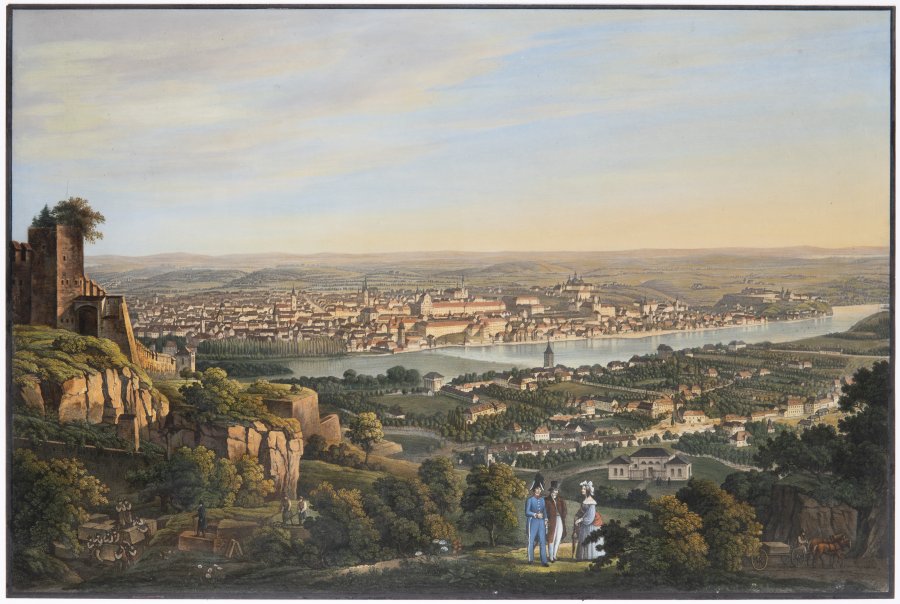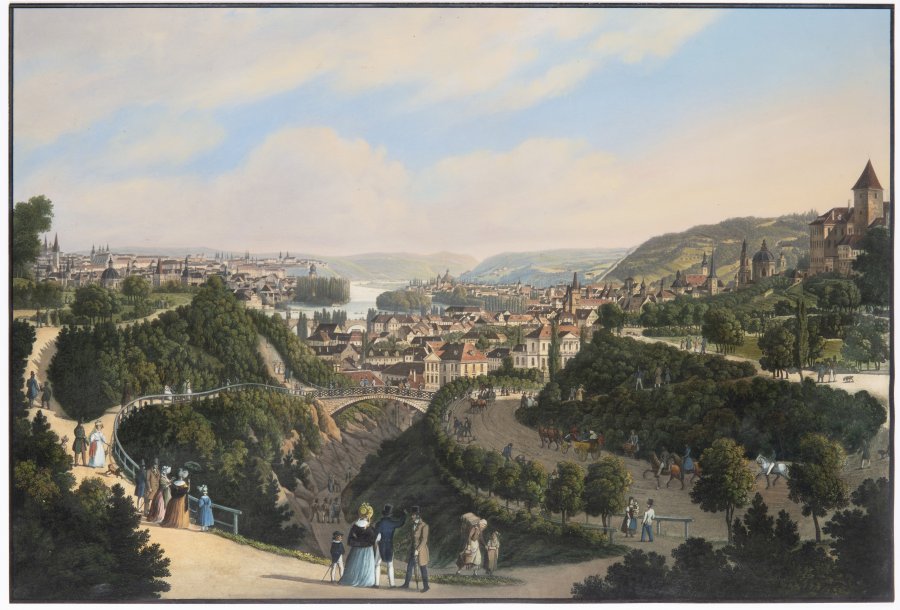Lot 15
THREE VISTAS OF PRAGUE
Around 1830
Colored etching on paper
35 x 53 cm (h x w)
| 1 176 €
| 2 353 €
1. Prague Castle District (Hradčany)
2. New Town, Vyšehrad, Smíchov
3. Letná
This collection of three vedute were made by Vincenc Morstadt, an acclaimed Bohemian painter and illustrator who was primarily known as a landscape and veduta artist and for his numerous prints and albums. Morstadt's work is based in the traditions of drawing-based vedute of cities in the Empire style, with primary characteristics including objectivity, descriptiveness, restraint, minute detail and a faithful recording of the image. His prints, which display his perfect mastery of technique and skill, became highly popular among publishers and buyers; hardly an album appeared that did not feature his name.
Originally from a German family, Vincenc Morstadt came to Prague when he was eleven to study at Charles University’s Faculty of Law. As a graduate he worked at the Regional Court in Loket (Elbogen) in 1834-1850; this is the source of his oldest prints of the landscape around Loket, Carlsbad and the surrounding area, including the Svatoš rock formations (Hans-Heiling-Felsen) on the Ohře (Eger) River. He continued his legal career at the courts in Trutnov (Trautenau) and Hradec Králové (Königgrätz). He lived out the rest of his life in Prague, where a plaque is dedicated to him on Tomášská Street in Prague’s Lesser Quarter. He maintained contacts with František Palacký, Václav Vladivoj Tomek and other leading figures in the Czech National Revival and continued to make sketches in the streets of Prague until shortly before his death.
Morstadt depicted the major buildings, streets and public spaces of important Bohemian cities and towns, filling them with genre figures of burghers, craftsmen and tradesmen. Most of his works were made during his legal career; originally pencil drawings, he usually had them transferred to etchings and colorized by printmakers or lithographers. These prints were then assembled into albums.
More works from auction
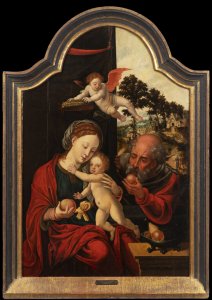
Lot 1 THE HOLY FAMILY WITH AN ANGEL
Starting price450 000 CZK | 17 647 €
Price realized
500 000 CZK | 19 608 €
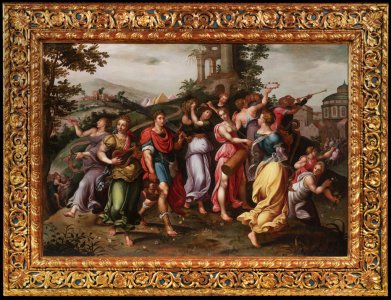
Lot 2 DAVID RETURNING IN TRIUMPH WITH THE HEAD OF GOLIATH
Starting price320 000 CZK | 12 549 €
Price realized
320 000 CZK | 12 549 €
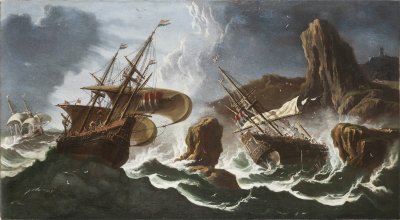
Lot 3 STORM AT SEA
Starting price150 000 CZK | 5 882 €
Price realized
150 000 CZK | 5 882 €
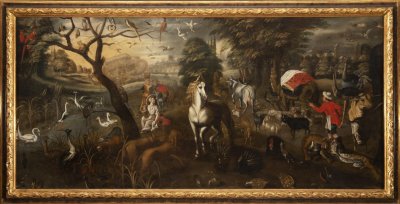
Lot 4 NOAH'S ARCH
Starting price130 000 CZK | 5 098 €
Sold
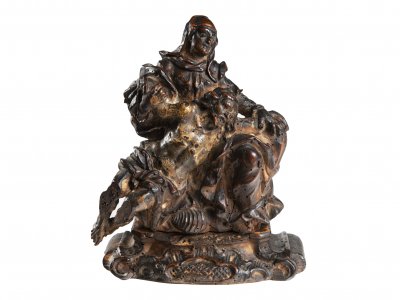
PIETÀ
68 000 CZK | 2 667 €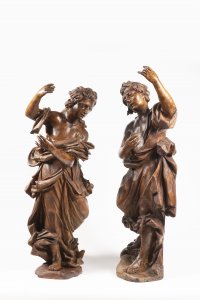
Lot 6 A PAIR OF WOODEN STATUES
Starting price80 000 CZK | 3 137 €
Price realized
90 000 CZK | 3 529 €
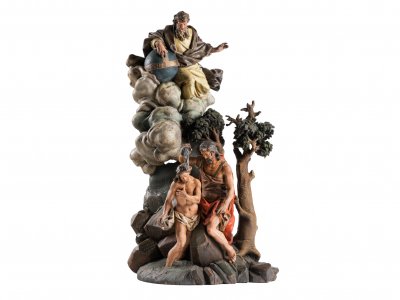
THE BAPTISM OF CHRIST
350 000 CZK | 13 725 €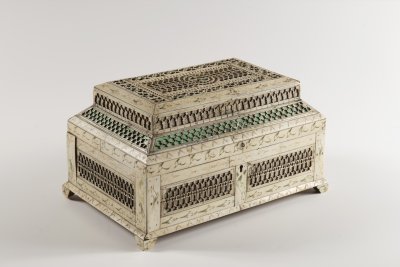
Lot 8 A BOX
Starting price18 000 CZK | 706 €
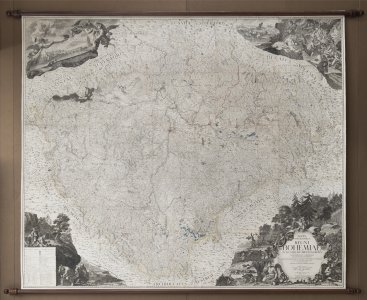
Lot 9 MAP OF THE KINGDOM OF BOHEMIA
Starting price130 000 CZK | 5 098 €
Price realized
160 000 CZK | 6 275 €
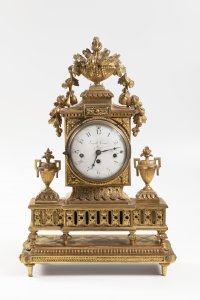
Lot 10 A NEOCLASSICAL CLOCK
Starting price25 000 CZK | 980 €
Price realized
46 000 CZK | 1 804 €
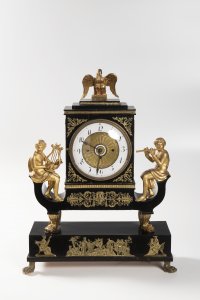
Lot 11 AN EMPIRE CLOCK WITH MUSIC BOX
Starting price30 000 CZK | 1 176 €
Price realized
35 000 CZK | 1 373 €
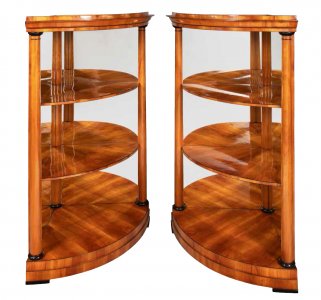
Lot 12 A PAIR OF BIEDERMEIER ETAGERES
Starting price120 000 CZK | 4 706 €
Price realized
150 000 CZK | 5 882 €

